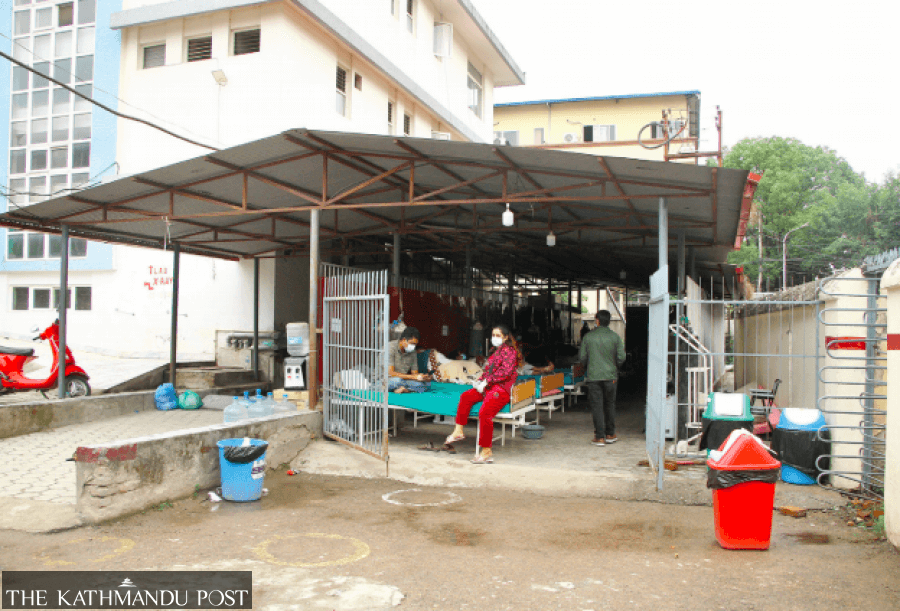
The second and third waves of the coronavirus pandemic came and went, infecting and killing thousands of people in the last one year, but the Coronavirus Prevention, Control and Treatment Fund remained idle during those testing times.
The fund, established in March 2020 to generate resources to fight the pandemic through voluntary contributions from different sectors, remained inactive for 14 months after it released funds on February 9, 2021.
Nearly 14 months after the last disbursement, the Fund released Rs2.44 million on March 23, according to records maintained at the Financial Comptroller General Office, a body responsible for keeping accounts of income and expenditure of the government.
When the Fund released money last time on March 23, there were only 38 new Covid-19 cases with zero death, according to the Ministry of Health and Population. On Monday, Nepal reported nine new Covid-19 cases, the ministry said.
Dr Binjawala Shrestha, a public health expert, said the government should have mobilised the money from the Fund when there was a crisis.
“The money could have been used for necessary preparations against Covid-19 and for developing necessary infrastructure to combat the pandemic,” she said.
The financial resources of the fund is supposed to be used to procure medicines and medical goods, set up infrastructure for the management of Covid-19 infected people, mobilise human resources and provide relief to pandemic-affected people, according to the directives on Coronavirus Prevention, Control and Treatment Fund-2020.
Earlier, government officials had told the Post that the Fund remained idle because there was no demand for financial resources from the Fund.
But some officials at the Prime Minister’s Office had told the Post in June last year that the heightened political wrangling resulted in inaction regarding mobilisation of the money in the Fund.
In the middle of May last year, when the second wave of the pandemic was at its peak, the National Planning Commission was without a vice-chair who chairs the Fund’s board.
After the then Prime Minister KP Sharma Oli failed to secure a vote of confidence from the House of Representatives on May 10 last year, the office bearers of the National Planning Commission also had lost their positions in line with the commission’s Formation and Operating Order-2018.
After the formation of the Sher Bahadur Deuba-led government, in July last year, the country faced a third wave of the pandemic driven by the Omicron variant of the coronavirus. During that time too, the Fund remained inactive though the crisis was not as bad as it was during the second wave.
After the formation of the current government, a meeting of the Fund’s board took place only in March which decided to release a certain amount.
When asked about the delay in holding a meeting of the Fund’s board and releasing the money, Dinesh Bhattarai, secretary at the Covid-19 Crisis Management Coordination Centre, said there was no need to use the Fund’s money as the government was using funds from other sources and Covid cases have been falling over the past few months.
“I don’t know about the delay in the past,” he told the Post. The Fund operates under the Covid-19 Crisis Management Coordination Centre.
According to Bhattarai, the latest disbursement from the Fund has been provided to hospitals such as the Civil Hospital and Sukhraj Tropical and Infectious Disease Hospital in Kathmandu; Koshi Hospital, Bharatpur Hospital and provincial hospitals as they had presented plans to prepare for a possible new wave of the pandemic.
“Although there is a low risk of a new wave causing severe impact because most of the population has been vaccinated, we have to keep ourselves prepared for possible new waves in the future,” said Bhattarai.
According to the Financial Comptroller General Office, the Fund has released a total of Rs1.49 billion since its establishment. Currently, it has Rs215.8 million. “There has not been a fresh collection of financial resources for the Fund for a long time now,” said Bhattarai.













